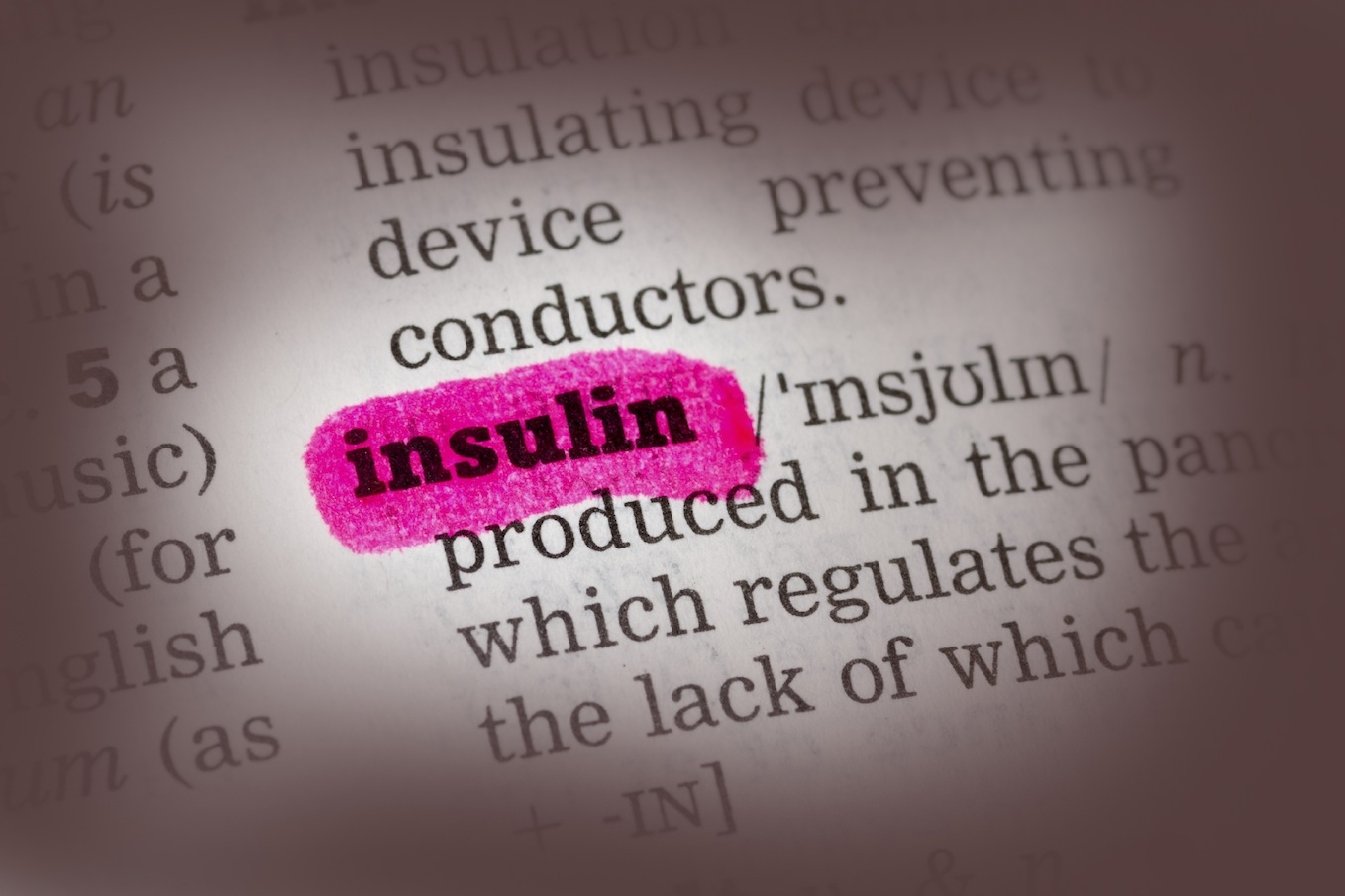Has your dramatic weight loss resulted in an unsightly appearance of loose, flabby skin?
You’re certainly not alone!
This is actually a very common issue after a large amount of weight is lost through calorie restriction (dieting) and/or excessive amounts of cardiovascular (cardio) exercise. It’s generally a two-fold problem linked to: 1) losses in body fat and 2) muscle wasting.
So, how does this happen?
Well, let’s begin with the role of body fat or, more specifically, subcutaneous fat which is the fat that’s packed between skin and muscle. When there’s an excess of subcutaneous fat growth during weight gain, the skin stretches in order to accommodate it. After weight loss has occurred the skin that once surrounded this tissue remains stretched giving it a loose, flabby appearance.
This problem is amplified when muscle isn’t preserved during weight loss.
Related Article: The Skinny on Being Fat
Over 50% of the body is comprised of muscle, which contributes to the body’s shape and form. Connective tissue anchors muscle to the skin. When muscle is developed and properly sculpted, the surrounding skin tightens. However, if this tissue isn’t developed or adequately maintained, especially during weight loss, the skin becomes loose and flabby.
If an excessive amount of cardio activity is performed while dieting to lose weight, muscle will surely be lost. This occurs because this tissue is primarily made up of amino acids, which are essentially the building blocks of protein. Although protein isn’t meant to be a major energy (calorie) source, the body will in fact leech it from muscle during prolonged periods of calorie restriction (dieting) and/or expenditure (cardio).
Related Article: The Role of Protein During Dieting
Therefore, when one trains hard and/or restricts calories, the body will sense starvation and use protein within muscle for caloric fuel. As a result, more muscle is lost compared to fat enhancing the flabulous look.
So, how do you avoid the appearance of loose, flabby skin during weight loss? Here are three tips!
Tip 1
Avoid rapid weight loss techniques at all costs. Weight loss exceeding 8-10 pounds per month will absolutely result in muscle loss thereby enhancing the overall appearance of loose, flabby skin. Aim for calorie deficits of no more than 500-1,000 calories per day through a combination of modest calorie restriction and exercise.
If you’re extremely overweight, you may initially experience rapid weight loss for up to four weeks (at or around 5 pounds per week) but it should eventually taper off.
Related Article: Why You Shouldn’t Attempt to Lose More than 2 Pounds a Week
Tip 2
Make resistance (weight) training a part of your weight loss program. If you don’t use muscle, you’ll lose it. Coupling your cardio exercise routine with a solid resistance training program involving light to moderate loads (weights), a greater number of repetitions (12-20+) and very short rest periods between sets (30-60 seconds) can enhance your weight loss while properly maintaining muscle.
Related Article: How To Determine Loads, Repetitions and Sets During Weight Training
Tip 3
Ensure that you’re consuming the nutrients necessary to fuel muscle. If you’re crash dieting or excessively restricting your calorie intake, more than likely, you’re not doing this. To avoid muscle loss while reaping benefits from your resistance training regimen, regularly consume a wide range of foods rich in high-quality protein along with substantial amounts of “good” carbohydrates and healthy fats.
Related Article: A Simple Guide to Eating Sensibly
Now, if you’re saying to yourself: “Yeah, yeah, yeah Dr. Nina, this information is great, but what if I’ve already lost the weight and am looking flabulous?” No sweat! Just follow Tips 2 and 3 and hang in there. Over time, you’ll notice a significant change in your appearance.







